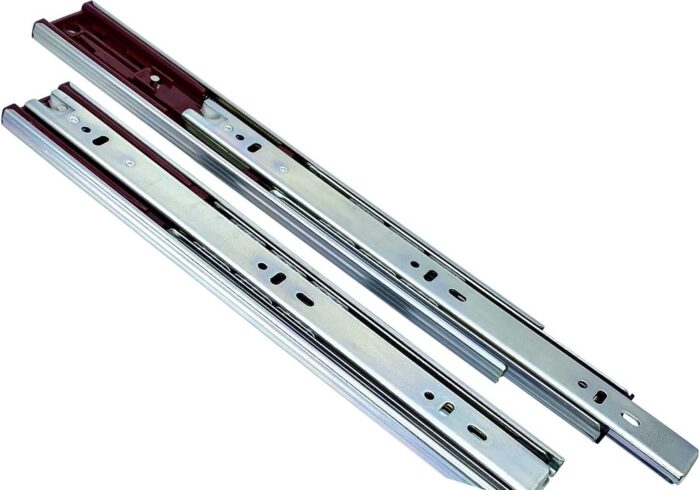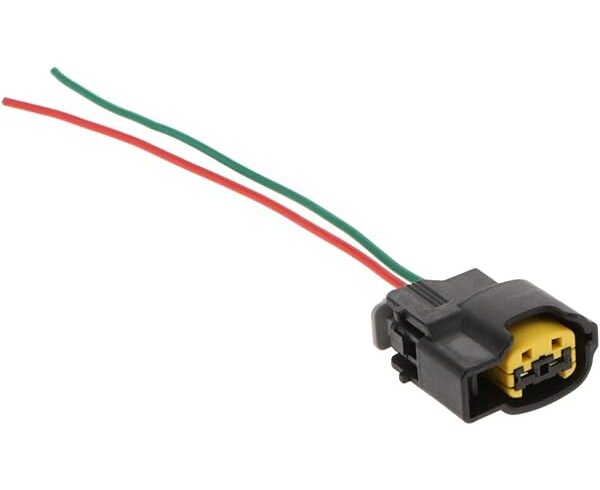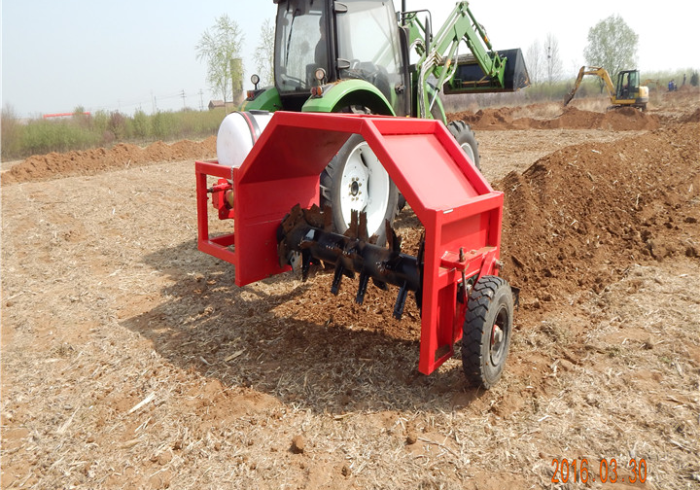Are you thinking of getting carbide or high-speed steel tools for your business? Before buying, it is important to get an idea of the differences between them. Carbide features a hard tungsten alloy and provides more accuracy in cutting, while HSS is made using a tough, soft iron mix that can handle more wear and tear.
This guide provides an insight into the characteristics of these materials, e.g., their speed preference for specific tasks and durability ratings, in order to distinguish between them more clearly. Weighing up all available pros and cons should help identify which type best fits individual needs.
Advantages of Carbide Cutting Tools
Carbide and high-speed steel (HSS) both have unique attributes, so it’s important to understand what makes them different. By understanding the benefits of each type of material, you can make an informed decision when selecting a new cutter.
The primary difference between carbide and HSS is that carbide cutting tools are made from harder materials such as tungsten or titanium alloys while traditional HSS cutters are mainly constructed with softer metals like cobalt or molybdenum alloys. As a result, they provide much better performance in terms of sharpness, edge retention, and wear resistance compared to conventional HSS materials.
Additionally, depending on their application area, typically machining metal components, there may be further advantages associated with one over another due to increased strength needed for certain operations, making them highly sought after among industry professionals today.
Physical Characteristics of HSS and Carbide Tools
HSS tools are usually gray in color because they contain chromium, manganese, and small amounts of other materials. The cutting edges have a shiny silver-like appearance that becomes dull over time due to wear.
Carbide cutting tools, on the other hand, typically come in black or gold color, depending upon its coating material containing carbon or cobalt binder added for enhanced performance. Their edge remains sharp even after prolonged usage, unlike HSS, which needs frequent re-sharpening to keep it effective for long periods of time.
They also tend to be more brittle than high-speed steels because carbides don’t possess much toughness when compared to alloys like low-alloyed HSS. Lastly, carbide tools are an ideal choice for applications that require higher temperatures, such as hard and abrasive material applications.
This is because they are able to withstand these temperatures better. On the other hand, High-Speed Steel (HSS) is best suited for room temperature operations since it produces less heat due to its slower rates of removal during grinding operations.
Benefits of Using High-Speed Steel Tools
High-speed steel tools have the advantage of being more durable and resistant to wear than carbide-cutting tools. The heat resistance also gives HSS a longer operating life, and it can even be re-sharpened multiple times without significant damage to the tool’s surface or integrity when used properly.
This feature makes them ideal for working with high temperatures, precision applications, and continuous use over long periods of time in manufacturing processes such as drilling holes where quick changes are often required. Additionally, their ability to maintain accuracy during repetitive operations is valuable since tight tolerances need precise cuts that don’t change over time due to excessive blunting from extended use.
Furthermore, they tend not to produce material chips. This leads to reduced downtime compared with other products on the market today. Therefore, this product is a more cost-effective solution while maintaining quality results and ensuring consistent product performance throughout its useful lifetime at a reasonable rate per piece produced. When it comes to picking the right tool for a job, knowing the difference between carbide and high-speed steel is key.
Suncoast Precision Tools recommends considering your application requirements carefully before making a decision, as each has its own pros and cons depending on what you need. Carbide tools tend to be more durable in tougher materials, while HSS can do well when cutting softer metals, such as aluminum or brass.
Both are great choices if used correctly, so make sure to consider both options fully before committing! With careful research and consideration of your specific needs, selecting the right precision tool should become much easier with help from Suncoast Precision Tools!




